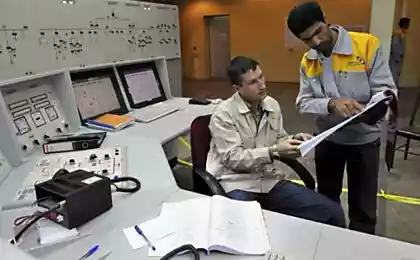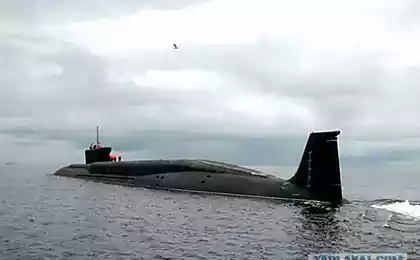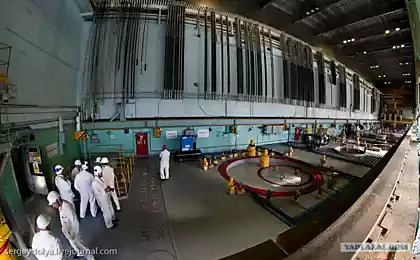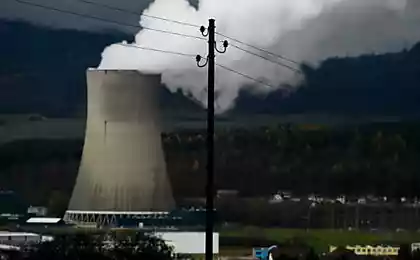1505
Floating Nuclear Power Plant
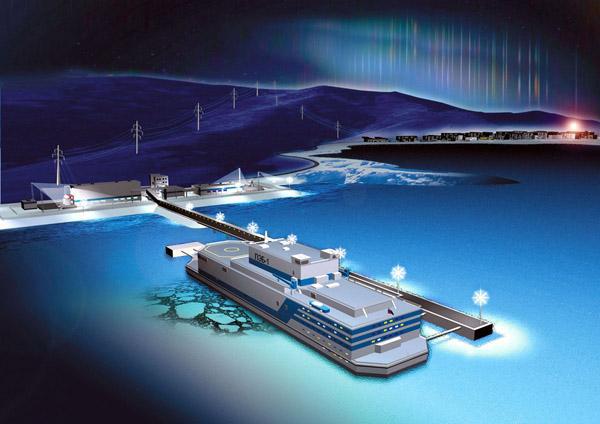
Floating unit proposed for energy supply of large industrial enterprises, port cities, complexes on extraction and processing of oil and gas on the shelf seas is based on the serial power plant nuclear icebreakers screened for their long-term operation in the Arctic.
Completed institutes and enterprises of the State Corporation "Rosatom" research and design studies have shown the ability to create on the basis of development in the Russian ship reactors of a new class of energy sources for the commercial production of electricity and desalinated water for industrial and domestic heat - floating nuclear power capacity from 3, 5 to 70 megawatts ( e.) and more.
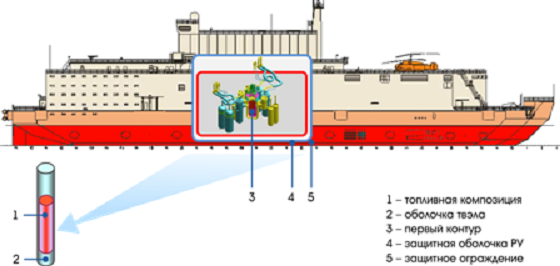
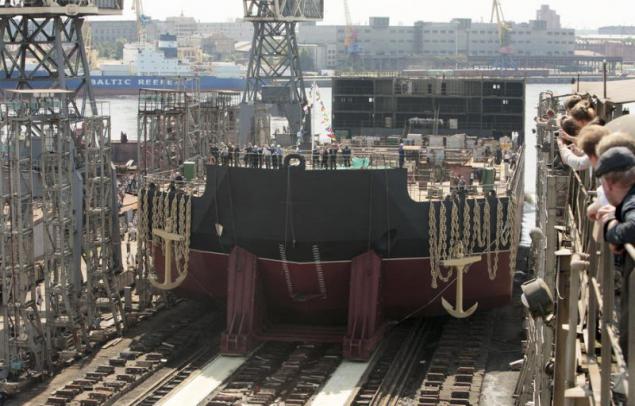
Floating power unit (FPU) - a self-contained power facility, which is entirely created at the shipyard as a self-propelled vessel and then towed by sea or by river to the place of its operation. Customer comes fully built, tested and ready to work energy facility with living quarters and a complete infrastructure, providing accommodation operational personnel and maintenance of the object, that is, the technology is realized "turnkey».
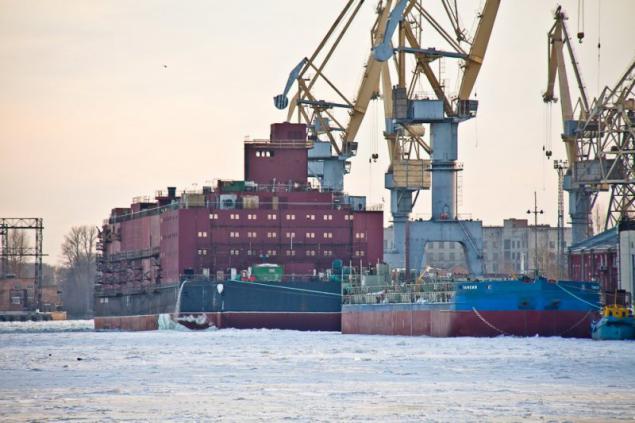
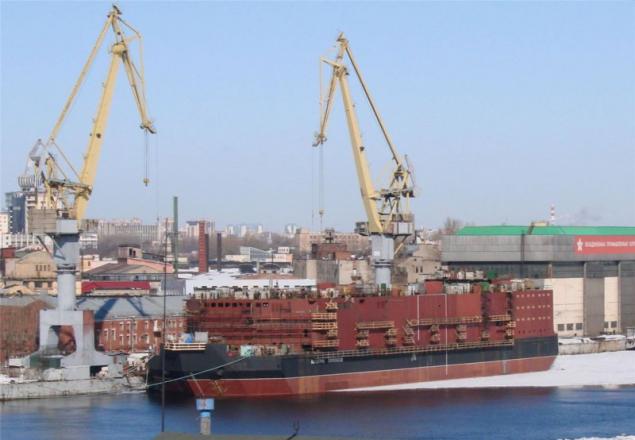
Building PEB factory allows to minimize the time and cost of construction of the station, while ensuring the highest quality requirements. Eliminates costly construction work on the placement of floating NPP. If necessary, PEB can be relocated from one site to another.
Floating power best suited to work in remote areas along the banks of major rivers or seas, far from centralized energy systems. In Russia, first of all, the Far North and the Far East, are not covered by the unified energy system and the need for reliable and affordable energy sources. Here it is now, there is an urgent need for dozens of power plants of low power to stimulate the development of economic activity and provide modern living conditions of the local population. Typical towns of the North are from hundreds to several thousand people. The needs of the village's electricity are, respectively, from a few to several tens of MW. Similar to the industrial needs of the majority of mines and mining works.
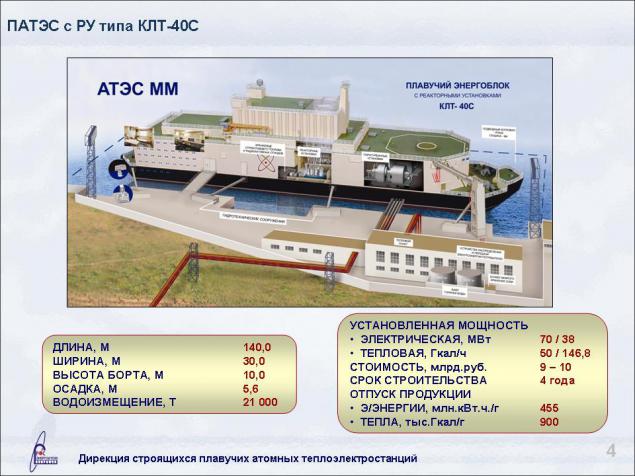
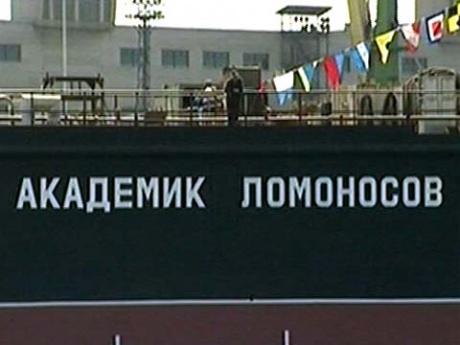
For export to the coastal countries and regions with arid developed nuclear option energoopresnitelnogo complex (PAEOK), which produces not only electricity but also high-quality drinking water from sea water. As part of this complex - PEB and floating desalination complex, which can be used either reverse osmosis (RO), either as a result multistage evaporators (MED). Interest in such complexes exhibit many countries in Africa, Asia and Europe, is experiencing an acute shortage of fresh water.
Enrichment of fuel to be used in floating power plants, does not exceed the limit set by the IAEA for compliance with non-proliferation regime. This allows the use of nuclear power sources floating under international law including in developing countries.
--img8--
--img9--
Work stations in the coastal areas of the world ocean raises the question of their resistance to extreme environmental influences, such as tsunamis, tornadoes, etc. JSC "OKBM" a set of technologies for the production of nuclear power plant so that it will withstand any given project level dynamic loads. This is confirmed by the practice: reactor facilities nuclear submarine "Kursk" by experts OKBM, not only withstood the powerful explosion, but also independently for the withdrawal of the reactor operation, keeping it in a safe condition. Even a prolonged stay under water destroyed the ship has not led to the exit of radioactivity in the environment.
Floating nuclear power plants - but like any other - in accordance with current safety standards originally designed with a "safety margin" in excess of the maximum possible load in the area, such as a blow to the tsunami waves on the station, a collision with another vessel or shore facility as a result of such an attack .
Speaking about the safety of floating nuclear power plants, it is important to note that hundreds of ships and warships with nuclear power plants are operated in fleets of Russia, the United States, China, Britain and France. Nuclear icebreakers, missile cruisers, aircraft carriers and nuclear submarines based in the port, often near large cities (for example, in Murmansk).
Repair and refueling station will be operated under the conditions existing in our country specialized enterprises technological service of nuclear ships have the necessary equipment and qualified personnel.
After 40 years of work unit will be replaced with a new, while the old returns to the specialized technology company for recycling. Both during and after the end of floating NPP in place of its operation leaves no environmentally hazardous substances and materials (the principle of "green lawn»).
--img10--
--img11--
"Akademik Lomonosov" will have a displacement of 21, 5 thousand. T. The length of the vessel will be 144 m, width - 30 m. The team will consist of 69 people. According to the project of floating NPP will be deprived of its own engines: it will transport tow. The station will have two reactors. The capacity of each reactor - 35 MW thermal power - 140 Gcal per hour. The station can also be used for desalination. It is capable of producing up to 240 thousand. Cu. meters of fresh water per day.
According to official data from the developers of the project, such characteristics allow a floating power supply electricity and heat to the city with a population of 200 thousand people.
Claimed one life FNTPP - 40 years. After this time the ship with nuclear power plant is planned to be towed to the appropriate company for a replacement unit, exhaust their resources. In his place is supposed to set new unit, after which the floating power plant will be returned to the original place of service or transfer to the new.
--img12--
--img13--






